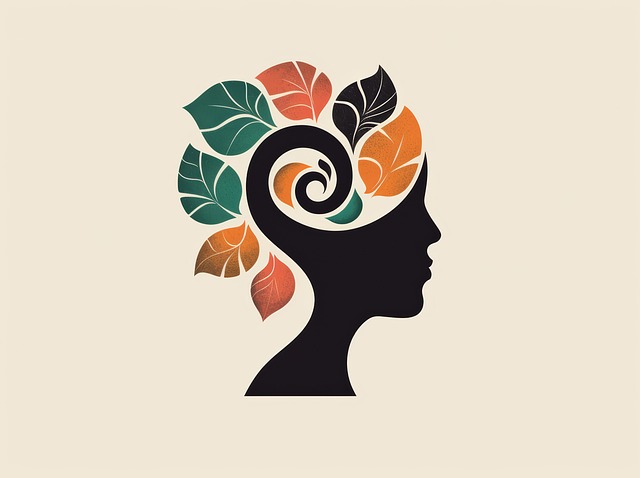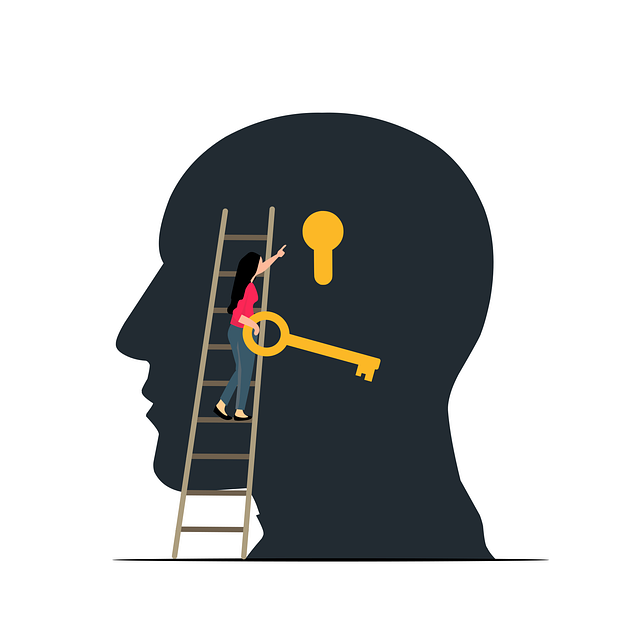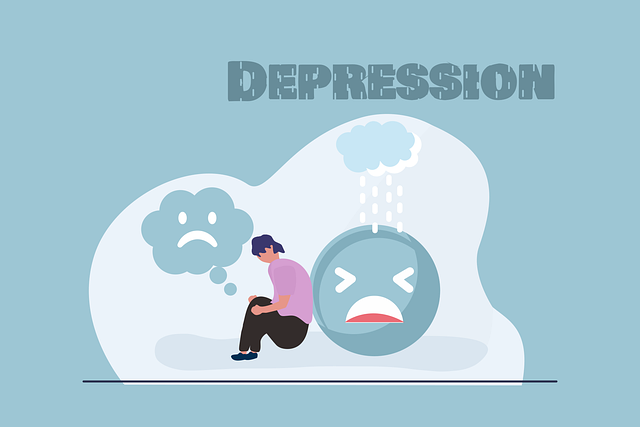The stigma surrounding mental illness in adolescents with Autism Spectrum Disorder (ASD) is a significant barrier to accessing essential therapy, intensifying feelings of isolation and shame. Overcoming this requires targeted programs that enhance mental health education, develop inner strength, teach effective social skills, and foster acceptance. Key initiatives include interactive workshops, peer support, specialized therapy tailored to autistic youth, and cultural competency training for healthcare providers. Peer networks and accurate media representation also play crucial roles in reducing stigma and encouraging open conversations about mental health among teens with ASD. By implementing these strategies, communities can create an inclusive environment where mental illness is met with empathy and understanding.
Mental illness stigma continues to impede adolescents’ well-being, particularly those on the autism spectrum. This article delves into various facets of stigma reduction efforts, exploring its causes and profound impact on youth. We examine education’s pivotal role in breaking down misconceptions around Autism Spectrum Disorder (ASD), highlighting therapy options tailored for adolescent teens with ASD. Additionally, we discuss peer support, advocacy, and media representation as powerful tools to empower teens and transform public perception, fostering a more inclusive society. For comprehensive guidance on therapy for adolescent teens with ASD, read on.
- Understanding Mental Illness Stigma: Causes and Impact on Youth
- The Role of Education in Breaking Down Autism Spectrum Disorder (ASD) Stigma
- Therapy Options for Adolescents with ASD: Addressing Unique Challenges
- Peer Support and Advocacy: Empowering Teens to Overcome Stigma
- Media Representation and its Influence: Shaping Public Perception of Mental Health
Understanding Mental Illness Stigma: Causes and Impact on Youth

Stigma surrounding mental illness can have a profound impact on young people, especially those with conditions like Autism Spectrum Disorder (ASD). The causes of this stigma are multifaceted. Often, misconceptions and lack of understanding lead to negative perceptions. Media portrayal, cultural norms, and personal experiences all contribute to shaping public opinion. For adolescents already navigating the complexities of growing up, these societal attitudes can exacerbate feelings of isolation and shame.
The impact is severe: youth may avoid seeking necessary support, including therapy, which could be life-changing for them. They might struggle with low self-esteem, difficulties in social interactions, and even face challenges in their academic pursuits. Programs designed to enhance mental health education, promote inner strength development, and implement effective social skills training are crucial steps towards breaking down these barriers. These initiatives can foster a more accepting environment, encouraging open conversations about mental health and reducing the stigma that prevents young people from accessing the care they deserve, including therapy for adolescent teens with ASD.
The Role of Education in Breaking Down Autism Spectrum Disorder (ASD) Stigma

Education plays a pivotal role in breaking down stigma associated with Autism Spectrum Disorder (ASD) among adolescents and teens. By incorporating comprehensive teaching programs within schools and communities, individuals on the autism spectrum can receive the support they need to thrive. These educational initiatives aim to foster understanding, empathy, and acceptance through interactive workshops, peer-led groups, and specialized therapy sessions tailored for autistic youth.
Therapy for adolescent teens with ASD often includes coping skills development and stress management techniques, addressing not only the unique challenges of autism but also the broader societal perceptions that contribute to stigma. Burnout prevention strategies for healthcare providers involved in these efforts are equally crucial, ensuring professionals remain equipped to offer consistent, compassionate care. Through education and support, communities can move towards a more inclusive environment where individuals with ASD are celebrated for their unique strengths and contributions.
Therapy Options for Adolescents with ASD: Addressing Unique Challenges

For adolescents on the Autism Spectrum Disorder (ASD) spectrum, finding suitable therapy options can be a complex journey. Many traditional therapeutic approaches may not cater to their unique needs and challenges. For instance, structured and socially-focused interventions are often required to engage teens with ASD, as they tend to struggle in typical group settings due to sensory sensitivities or communication differences.
Specialized therapists who understand the nuances of ASD can offer tailored support for anxiety relief and mood management. This may include applied behavior analysis (ABA) techniques, which have proven effective for teaching social skills and managing challenging behaviors. Additionally, one-on-one therapy sessions that accommodate individual preferences and sensory needs can foster better engagement and positive outcomes. Healthcare provider cultural competency training is also crucial, ensuring that adolescents with ASD feel understood and supported in a safe therapeutic environment.
Peer Support and Advocacy: Empowering Teens to Overcome Stigma

Peer support and advocacy play a pivotal role in reducing the stigma surrounding mental illness, especially among adolescents. When teens with conditions like Autism Spectrum Disorder (ASD) have access to peer support, they gain invaluable understanding and acceptance. This network of peers can offer emotional backing, share experiences, and encourage open conversations about their unique challenges and triumphs. By fostering a sense of belonging, these supports help teenagers navigate social interactions and build resilience against stigma.
Empowering young individuals with ASD through advocacy allows them to become active participants in their mental health journey. Encouraging self-care practices and promoting mental health awareness among peers can further strengthen this process. As they learn about the spectrum of emotions and experiences, teens can enhance their self-esteem and develop effective coping mechanisms. This collective effort paves the way for a more inclusive environment, where mental illness is met with empathy rather than judgment.
Media Representation and its Influence: Shaping Public Perception of Mental Health

The media plays a significant role in shaping public perception of mental health, including conditions like Autism Spectrum Disorder (ASD) in adolescents. Portrayals of individuals with mental illness on television, in films, and online platforms can either perpetuate harmful stereotypes or promote understanding and empathy. When media presents ASD accurately, highlighting the unique strengths and challenges faced by teens with this condition, it fosters a more compassionate society. This is particularly crucial as it influences how healthcare providers interact with patients and their families.
Effective therapy for adolescent teens with ASD benefits from the reduced stigma created through positive media representation. It encourages parents to seek professional help without fear of judgment. Moreover, cultural competency training for healthcare providers ensures they are equipped to offer tailored support, factoring in both the neurological aspects of ASD and the individual’s unique cultural background. Community outreach program implementation can further enhance these efforts by educating the public about resilience-building strategies and dispelling myths associated with mental health, including autism.
Mental illness stigma, particularly affecting youth with conditions like Autism Spectrum Disorder (ASD), significantly hinders access to essential therapy and support. However, through comprehensive education in schools, empowering peer advocacy, and responsible media representation, we can foster understanding and reduce this barrier. By breaking down the stigma, we enable adolescent teens with ASD to receive the necessary therapy, fostering their growth and inclusion in society.










